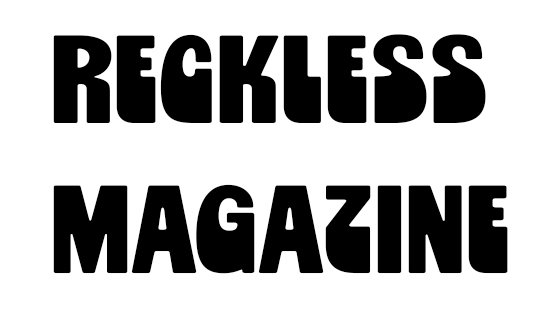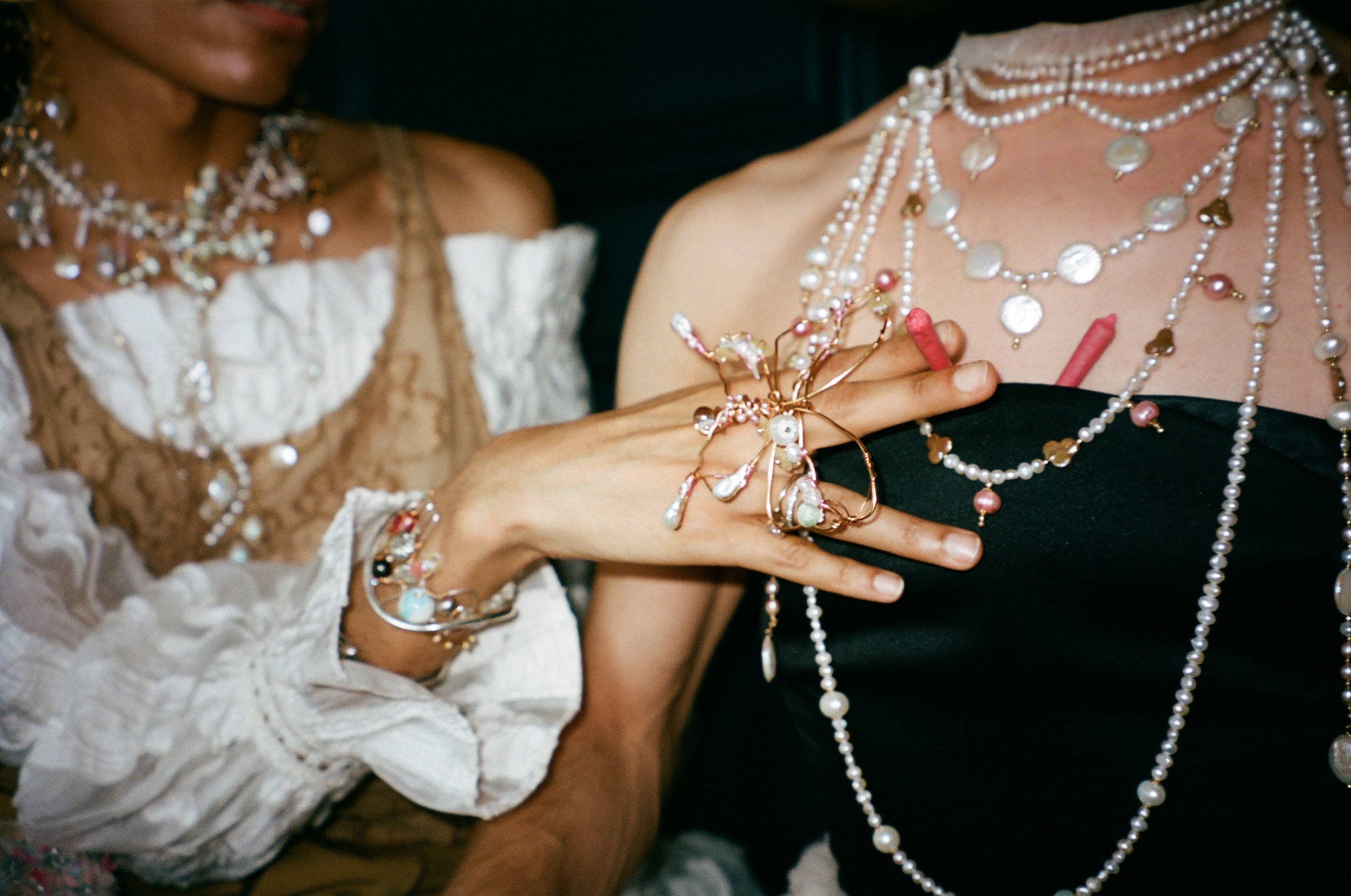Isoporzinho das Sapatão

reclaiming the night
Photography By Bléia Campos
Isoporzinho das Sapatão is a non-profit collective, led by Lesbian and Queer women, that organizes parties and cultural debates to promote artists, places, and businesses in Rio de Janiero, Brazil. One of the organizers and main photographer, Bléia Campos, talks about how this collective creates safe spaces for marginalized communities, especially women, LBTQI+, and Black people, and how coming together is an act of resistance.
Rio de Janiero, Brazil
The girls of Isoporzinho, shot by Amanda Mello, Bleia sitting in the middle
What is your history with photography? When did you start shooting?
In short, my history with photography comes from my childhood because I have always been totally fascinated by my father's analog camera. In journalism college, I started to shoot for the university newspaper and since then I have made a living as a photographer. Professionally speaking, I have been photographing for at least 8 years. Photography is the extension of my thoughts, it is my company, it is the instrument that gives voice to my story and the story of those around me.
Did you always shoot nightlife/parties?
I was always in the nightlife scene, but I actually started photographing it when I joined the photo collective called I HATE FLASH, where I still work today.
What is the Isoporzinho das Sapatão?
Isoporzinho das Sapatão is a non-profit collective organized by Lesbian and Queer women with the intent of reframing our bodies on the street that is our rightful space. We organize parties and cultural debates to promote artists, places, and businesses in the city. Several women have been part of the collective over its 5 years of existence, but it is currently produced by me and 4 other friends: Erica Sarmet, Glaucia Tavares, Josi Oliveira, and Clarissa Ribeiro.
How did you start shooting these events?
In 2017, I joined I HATE FLASH as a photographer and Clarissa Ribeiro as a video editor. One day I asked her to pose for a photo for me so she asked me to register the street party she produces, in this case Isoporzinho das Sapatão. Since then, I fell in love with the purpose of the event and became the official photographer. That day changed my personal trajectory as a professional and as a lesbian woman and I feel very happy to feel that my work represents the beauty and affection of people who are often made invisible by society.
Why is the Isoporzinho das Sapatão important for the Lesbian/Queer culture in Rio de Janiero?
Do not be fooled by the fact that Rio de Janeiro has already been nominated as a major tourist LGBTQI+ spot. The country has one of the highest rates of LGBT murder and with the current government there is an urgent need to keep our support and resistance network alive. That is why Isoporzinho arose; from the need to build safe spaces for queer women and celebrate our affection with visibility, art, and culture. Through the events, we plead for access to the city for those who are systematically denied - especially at night - as women, LGBTQI + and black people, transforming what could be seen as a simple fraternization into an act of resistance and occupation of the territories that are ours. At each event, we encourage the work of LBT women and non-binary people as producers, DJs, MCs, hairdressers, cooks, filmmakers, visual artists, bartenders, poets, singers, designers, publishers, artisans, entrepreneurs, performers and dressmakers, strengthening our network of work, support, and affection.
What is the Queer scene like in Rio de Janiero? Is the city friendly to the LGTBQ people? What is your experience like?
It is difficult to speak of Rio de Janeiro in these terms because it is a city traversed by many class and racial inequalities. This influences the LGBTQI+ experience in different parts of this huge city - there are more than 10 million inhabitants! But before 2015, when we started, there were no lesbian events with the same recurrence as today, there were smaller meetings of people in closed spaces. IDS contributed to encourage lesbians and bi to occupy the street space, traditionally dominated by men, especially at night. In a city like Rio de Janeiro, it can be dangerous to be a queer person or a woman to move around the city. Through the events we promote with the collective, we do this together. This inspired a series of other initiatives and today, 5 years later, together with the efforts and collaboration of several other activist women, we can say that there is a queer women culture in RJ that has a much greater reach, which is articulated by networks, different initiatives made by different groups: debates, discussions on politics and social movement, parties, literary meetings, film screenings, fairs, etc.
What's next for you as a photographer? What's next for Isoporzinho das Sapatão ?
Well, I hope to continue using my work to give visibility to LGBTQI+ scenes in Rio and elsewhere. Also I want to continue growing in my profession that I love.
For Isoporzinho, in the current scenario, we don't have that answer at the moment. We promoted an online party that, in partnership with the NGO LGBT + Movimento , was a fundraising campaign to help quarantined LGBTQI+ refugee immigrants. We are still talking about how to act in this post-pandemic world, but in August, the month of Lesbian visibility, we intend to promote another online meeting since we still do not consider it safe to promote meetings on the street.





